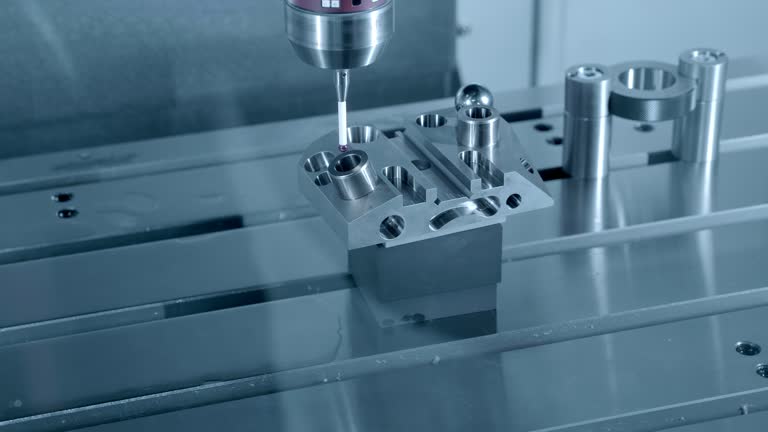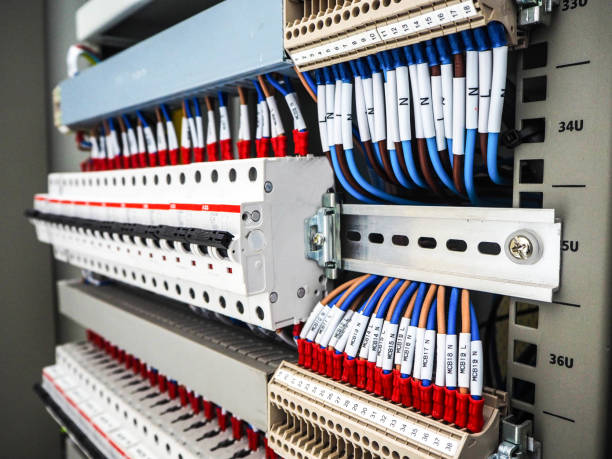
What is the Difference Between a Relay and a Switch?
When it comes to controlling electrical circuits, both relays and switches play essential roles. However, they serve different functions and have different design characteristics, making them suitable for various purposes. Understanding the difference between a relay and a switch is crucial for anyone working in the automation or electrical fields, as well as for those interested in home automation or DIY electronics projects. In this article, we'll explore how these components work, their unique features, and when to use each one.
Understanding the Basics of Switches
A switch is an electrical device that opens or closes a circuit, allowing or stopping the flow of current. In its simplest form, it is a manually operated device used to control power in a circuit. Switches come in various types, but the principle remains the same: they either connect or disconnect a pathway for electricity.
Key Characteristics of Switches
Manual Operation: Most switches are manually operated. This means that a person must physically flip the switch to either connect or disconnect the circuit.
Single Circuit Control: Switches generally control a single circuit, allowing for simplicity in design and usage.
Applications: Switches are widely used in daily household items, such as turning lights on and off or starting and stopping small devices.
Switches are simple, cost-effective, and easy to use. They are designed to make direct contact, allowing users to control power flow. Single Pole Single Throw (SPST) and Double Pole Double Throw (DPDT) are examples of common switch types.
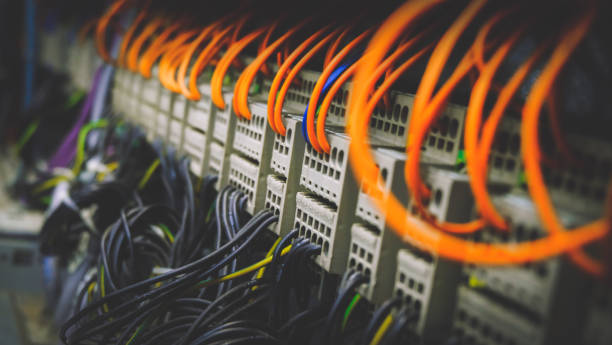
Types of Switches
Toggle Switches: These are the classic light switches that you find on your wall at home. They are used to control small electrical loads.
Push Button Switches: Commonly found in household appliances like doorbells and toys, these switches activate when pressed.
Rotary Switches: These switches are rotated to control circuits, often used for volume control on radios or in industrial control panels.
Switches are a core part of electrical systems and provide direct, tactile control over circuits, making them invaluable for controlling small loads manually.
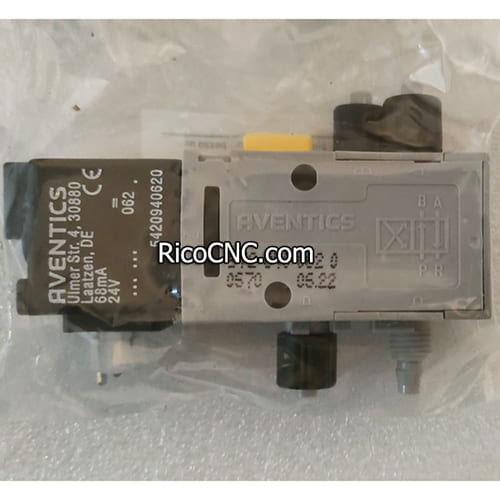
Learn more about AVENTICS Pneumatic Solenoid Valve
Understanding the Basics of Relays
A relay is an electrically operated switch, used to control one circuit by opening or closing contacts in another circuit. Unlike manual switches, relays can be controlled by a small electric current, which energizes an electromagnet and causes the switching action. Relays are particularly useful when it is necessary to control high-power circuits using a low-power signal.
Key Characteristics of Relays
Electromagnetic Operation: Relays operate through an electromagnet that pulls contacts together or apart, making or breaking a circuit.
Remote Control: Relays allow for control of circuits from a distance using a smaller signal.
Multiple Circuit Control: Relays can control multiple circuits with different configurations, such as normally open (NO) or normally closed (NC) contacts.
The relay allows for the isolation of control signals from high-power circuits, which is crucial for safety and efficient energy distribution.
Types of Relays
Electromagnetic Relays: These are the most common type, using a magnetic field to pull contacts together.
Solid State Relays (SSR): These relays have no moving parts and use semiconductor devices to perform switching, making them highly reliable for rapid and frequent switching.
Reed Relays: These contain a reed switch activated by a magnetic field. They are used in situations requiring low-current switching.
Relays are indispensable in scenarios where high voltage needs to be controlled remotely or with minimal effort. They ensure electrical isolation between control circuits and high-power systems, making them ideal for automation.

Explore Bosch Rexroth Solenoid Valve
Key Differences Between Relays and Switches
While relays and switches may appear similar in terms of their basic function—controlling circuits—several important distinctions set them apart:
1. Method of Operation
Switches: These are manually operated and require human intervention to change states. You physically flip a switch to control the circuit.
Relays: Operated electrically, relays use a small signal to control the switching action. This makes them suitable for automated systems where manual operation is impractical or unsafe.
2. Control Capabilities
Switches: They typically control single circuits, which is why they are found in simple electrical devices like home appliances.
Relays: These can control multiple circuits at the same time, making them highly versatile for industrial automation and control systems. For example, an SPDT relay can switch between two outputs using a single input.
3. Current Capacity
Switches: Generally used for controlling low current loads, such as lights or small household devices.
Relays: Designed to control high current loads, often handling much higher voltages and currents than standard switches. Relays are commonly used to switch on large motors, high-power lighting systems, or other industrial machinery.

4. Usage Scenarios
Switches: Best suited for scenarios where manual control is desired, such as turning on a light or powering a device directly.
Relays: Ideal for automated control, such as starting a motor when a certain condition is met, or managing power distribution in an electrical panel remotely.
In essence, switches are better suited for simple, manual operations, while relays are more effective for complex, automated tasks that involve high-power circuits.
Applications of Relays and Switches
1. Home Automation
Switches: In home automation, switches are used for controlling lights and other appliances manually. This direct control provides immediate feedback and is simple to use.
Relays: Relays are often found in home automation hubs, where they control lighting, HVAC systems, or security systems automatically based on signals from sensors.
2. Industrial Control Systems
Switches: In industrial settings, switches are used to provide manual overrides for systems, such as emergency stops or start buttons for machinery.
Relays: Industrial control systems heavily depend on relays to automate complex processes. Relays control conveyor belts, automated lifts, and numerous other machines, where manual control is impractical.
3. Automotive Systems
Switches: In vehicles, switches are used for functions like turning on headlights or activating the windshield wipers.
Relays: Relays manage the higher power required for components like starter motors, fuel pumps, and air conditioning systems, ensuring the driver doesn't need to handle high voltage directly.
Switches are crucial for direct control and provide an easy way for users to interact with electronic devices, while relays add sophistication by offering remote and automatic control capabilities.
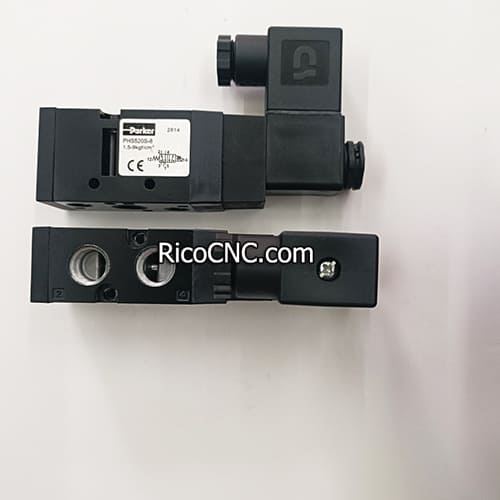
Learn more about Parker Solenoid Valve
Choosing Between Relays and Switches
The decision between using a relay or a switch largely depends on the application requirements:
Manual vs. Automated Control: If you need manual control, such as turning on a light, a switch is the way to go. However, if automated control or remote operation is required, relays are the more appropriate choice.
Current and Voltage Requirements: Switches are typically used for low-power applications, while relays are used for high-power or high-voltage systems.
Safety Considerations: Relays offer a significant advantage in terms of safety because they can isolate the control circuit from the high-power circuit. This is especially important in environments where direct handling of high voltage could be dangerous.
To explore more about control systems and the different types of components used, check out our selection of solenoid valves and automation parts.
Conclusion
In conclusion, both relays and switches are indispensable in electrical and automation systems. Switches are perfect for manual, straightforward control, offering a direct way to turn devices on and off. In contrast, relays provide sophisticated, remote, or automated control, especially when dealing with high power or high voltage systems. The choice between a relay and a switch depends on your application's specific needs—whether you require simplicity and manual operation, or sophisticated, high-power automation.
For more guidance and to explore a wide range of automation solutions, please feel free to contact us. Our experts are here to help you select the perfect components for your application.
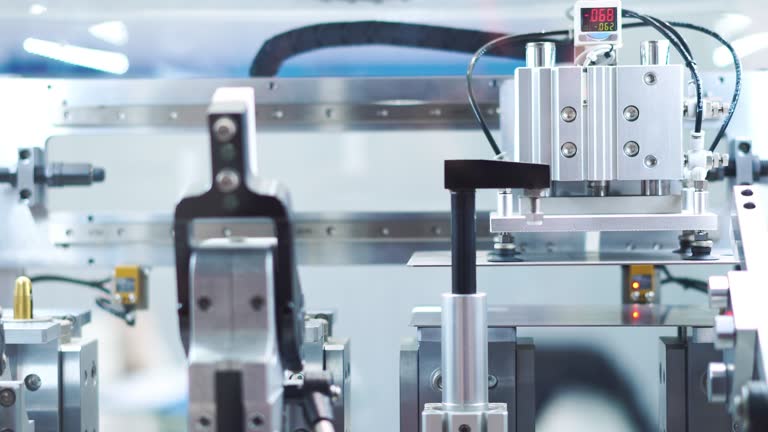
FAQs
1. What is the primary difference between a relay and a switch?
The primary difference is that a switch is manually operated to open or close a circuit, while a relay is an electrically operated switch that allows remote or automated control.
2. Can a relay replace a switch in a circuit?
Yes, a relay can replace a switch, particularly in scenarios requiring remote control or handling high power, but a switch is better suited for simple manual operations.
3. Why are relays used in automation?
Relays are used in automation because they allow for remote or automatic control of high-power circuits using low-power signals, which enhances safety and efficiency.
4. Do switches and relays perform the same function?
Both switches and relays can control the flow of electricity, but switches are used for manual control, while relays offer automated or remote control, often managing higher current or multiple circuits.
5. How does a relay enhance safety in electrical systems?
A relay can enhance safety by providing electrical isolation between the control circuit and the high-power circuit, preventing users from direct contact with dangerous voltages.
